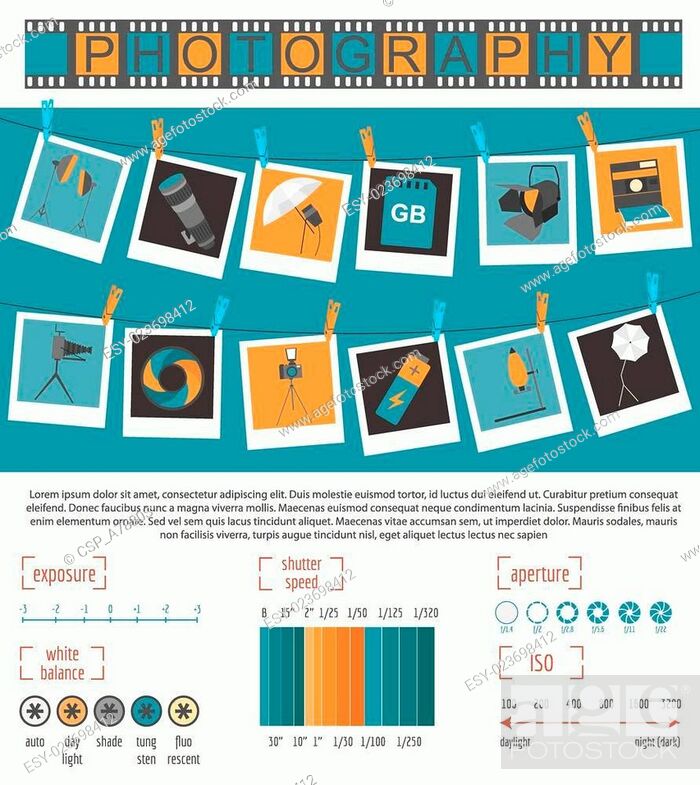Transform Your Digital Photography By Mastering Lighting Techniques That Can Raise Your Photos-- Discover The Usual Risks That Could Be Holding You Back
Transform Your Digital Photography By Mastering Lighting Techniques That Can Raise Your Photos-- Discover The Usual Risks That Could Be Holding You Back
Blog Article
Authored By-Parks Fraser
As a digital photographer, you understand that lighting can make or break your images. Understanding the nuances of both all-natural and fabricated light is crucial for recording the mood and clearness you aim for in your job. Whether you're going after the ideal gold hour radiance or adjust your fabricated configurations, understanding these elements can raise your photography considerably. Yet there are common risks that lots of neglect, and recognizing them can change your approach to every shoot. Let's explore what you might be missing and how it can influence your outcomes.
Recognizing Natural Light
Recognizing natural light is vital for any type of photographer aiming to boost their job. It's the foundation of wonderful digital photography, affecting state of mind, tone, and clarity. When you shoot outdoors, take note of the time of day. The golden hour-- soon after daybreak and prior to sunset-- offers soft, warm light that can transform regular scenes right into spectacular photos.
Do not underestimate the power of overcast days. Cloud cover diffuses sunshine, creating a soft, even light that's excellent for pictures and macro photography. You'll find shades pop in this sort of lights without harsh shadows.
Placing Professional portraits near me , also. Constantly consider click this site to the light. If the sun's behind your subject, you may end up with a shape, which can be significant yet mightn't be what you desire. Alternatively, straight sunshine can develop unflattering darkness.
Explore angles; occasionally, altering your perspective can yield amazing outcomes. Use all-natural reflectors, like water or sand, to jump light onto your subject, adding dimension.
Mastering Artificial Light
Grasping synthetic light is important for photographers who want to take their skills to the following degree. Whether you're making use of speedlights, workshop strobes, or continuous lights, comprehending exactly how to adjust these sources can considerably boost your photos.
Start by familiarizing on your own with the basics of light high quality, instructions, and shade temperature. Explore different modifiers like softboxes, umbrellas, or grids to regulate the gentleness or cruelty of the light.
You'll locate that soft light commonly develops flattering outcomes, while harsher light can include drama and depth. Do not avoid darkness; they can boost the three-dimensionality of your topics.
Pay close attention to the positioning of your lights. A light positioned also near your subject can create uncomplimentary outcomes, while too far away can bring about a lack of information. Make use of a light meter or your video camera's pie chart to guarantee you're exposing properly.
Finally, bear in mind that fabricated light can be combined with ambient light for innovative results. Balancing these resources might take practice, once you understand it, your photography will absolutely radiate.
Techniques for Various Scenarios
When you step into various capturing situations, adjusting your illumination techniques is critical for recording the very best images. For outdoor portraits, make use of the gold hour-- early morning or late afternoon light-- to soften shadows and enhance complexion.
If it's an extreme midday sunlight, consider utilizing a reflector to jump light back onto your topic or seek shaded locations for a more also exposure.
In low-light scenarios, like interior occasions, raise your ISO and use a large aperture to let in more light. A tripod can help remove camera shake, allowing for longer direct exposures without blurring.
If you're shooting at evening, trying out off-camera flash to create dynamic lights and deepness in your images.
For product digital photography, utilize diffused lights to avoid severe reflections. Softboxes or light outdoors tents can assist attain this result.
When photographing landscapes, think about the instructions of light and time of day, as it can drastically change the state of mind of your shot.
Always prepare to adjust supplemental resources and placing based on the situation, as adaptability is key to understanding lighting in digital photography.
Conclusion
Finally, grasping lighting is vital to raising your photography abilities. Accept all-natural light's elegance throughout golden hour, and don't avoid experimenting with fabricated light techniques. By adapting your strategy to various circumstances, you'll record spectacular photos that resonate with emotion and clarity. Keep in mind, the ideal illumination can transform a normal shot into something phenomenal, so keep practicing and improving your understanding of both all-natural and fabricated light. Pleased shooting!
